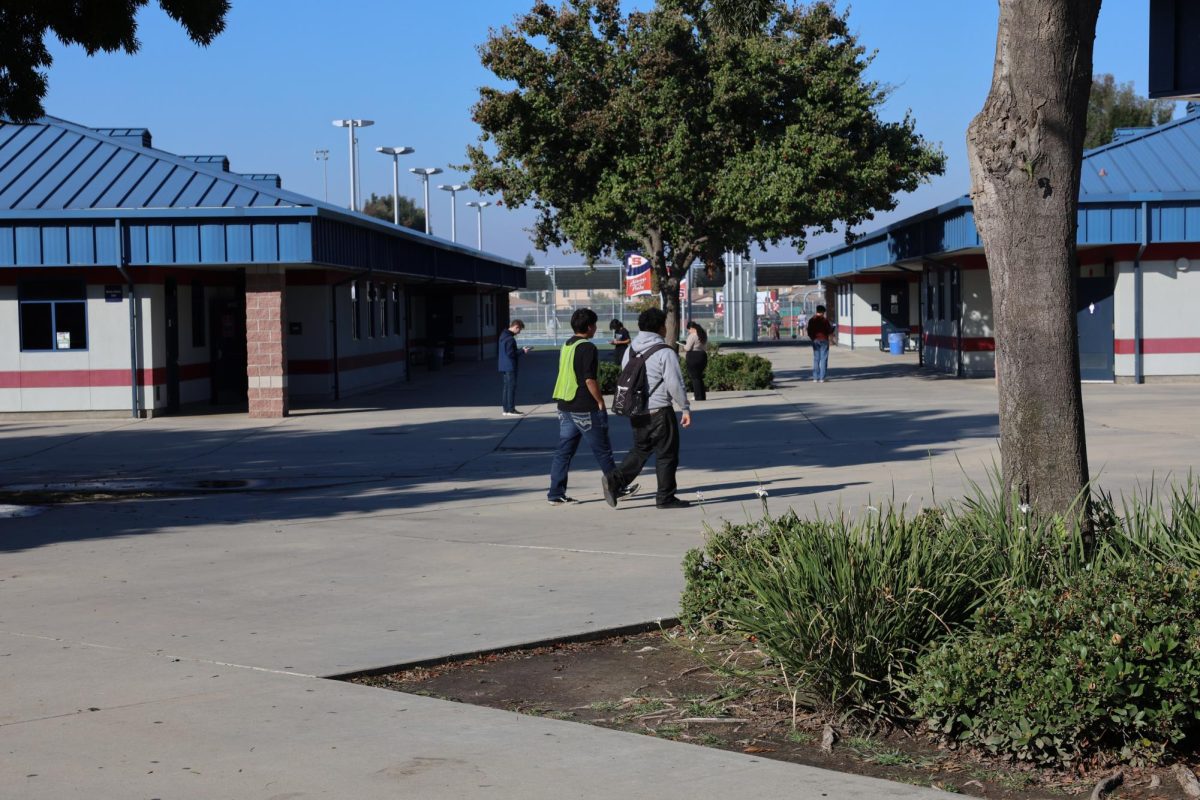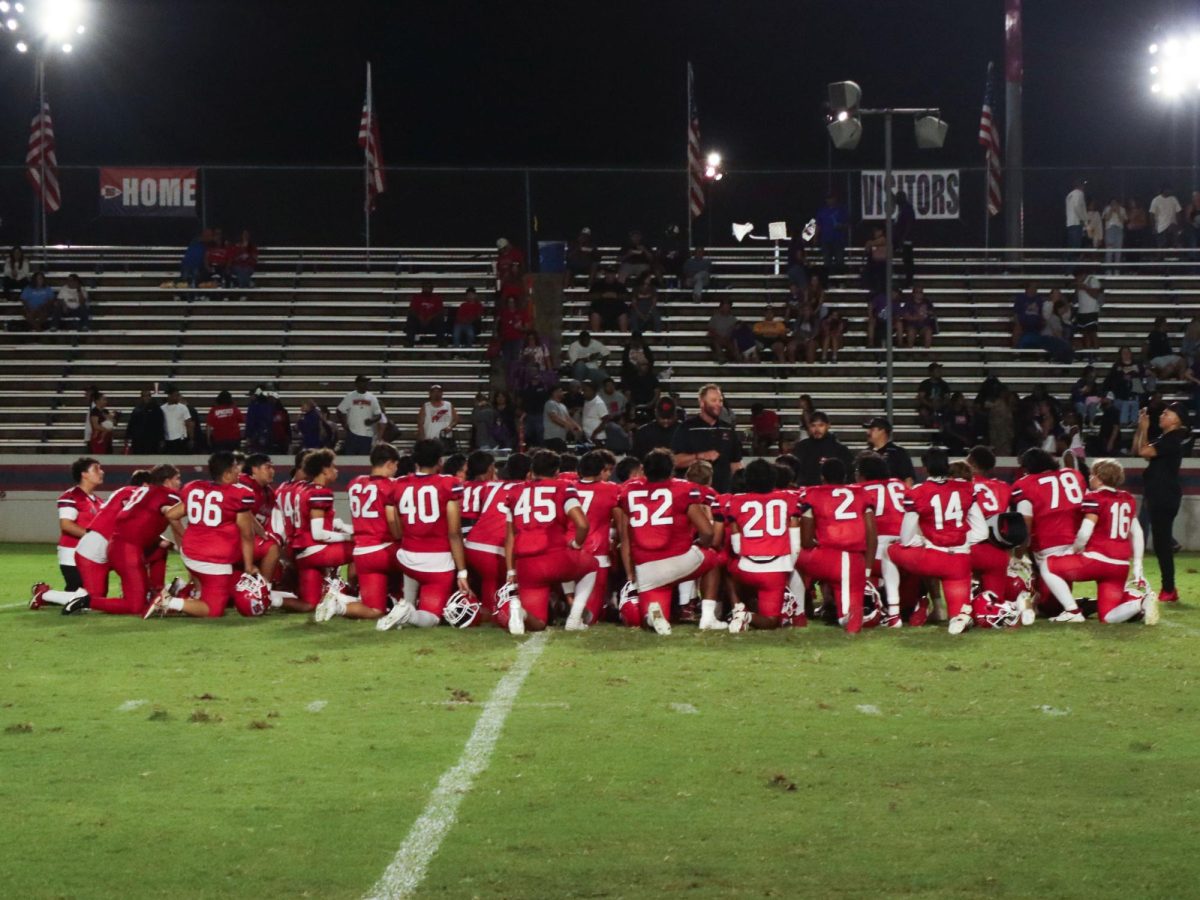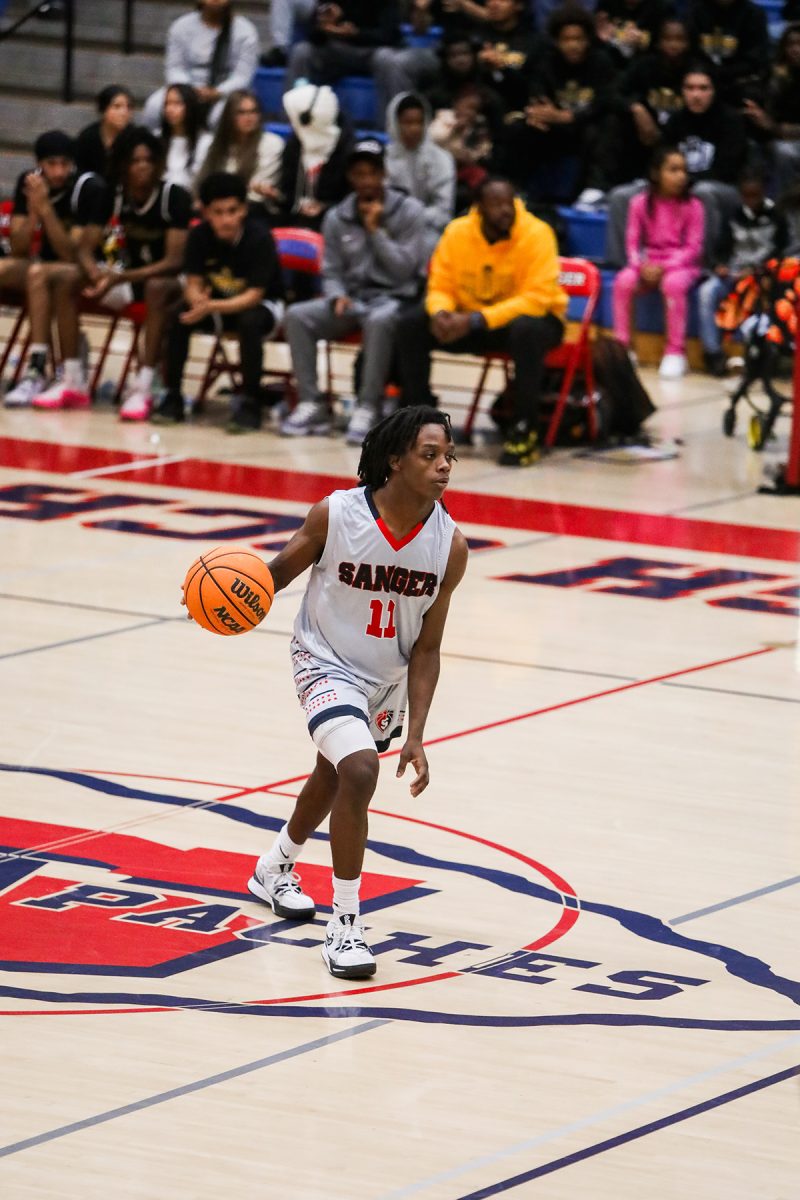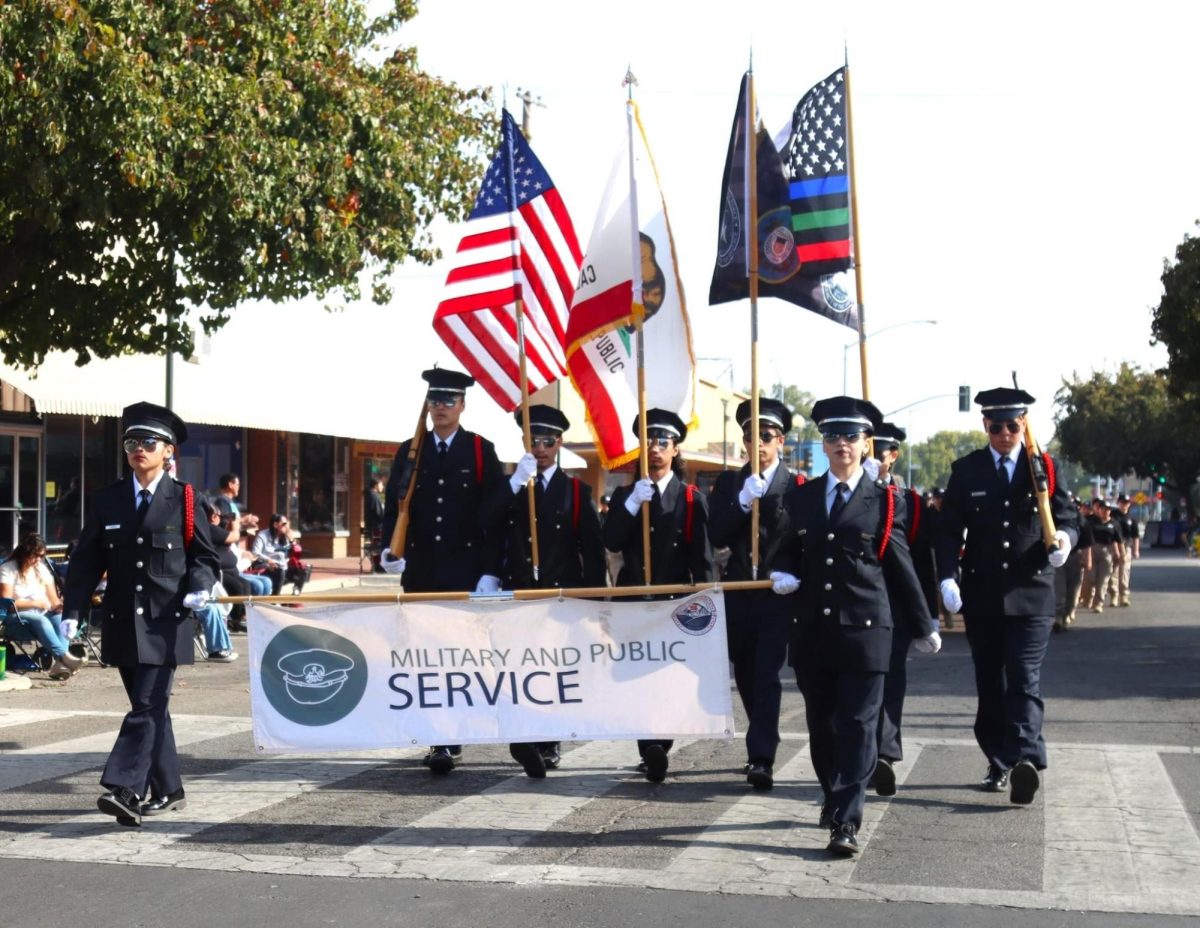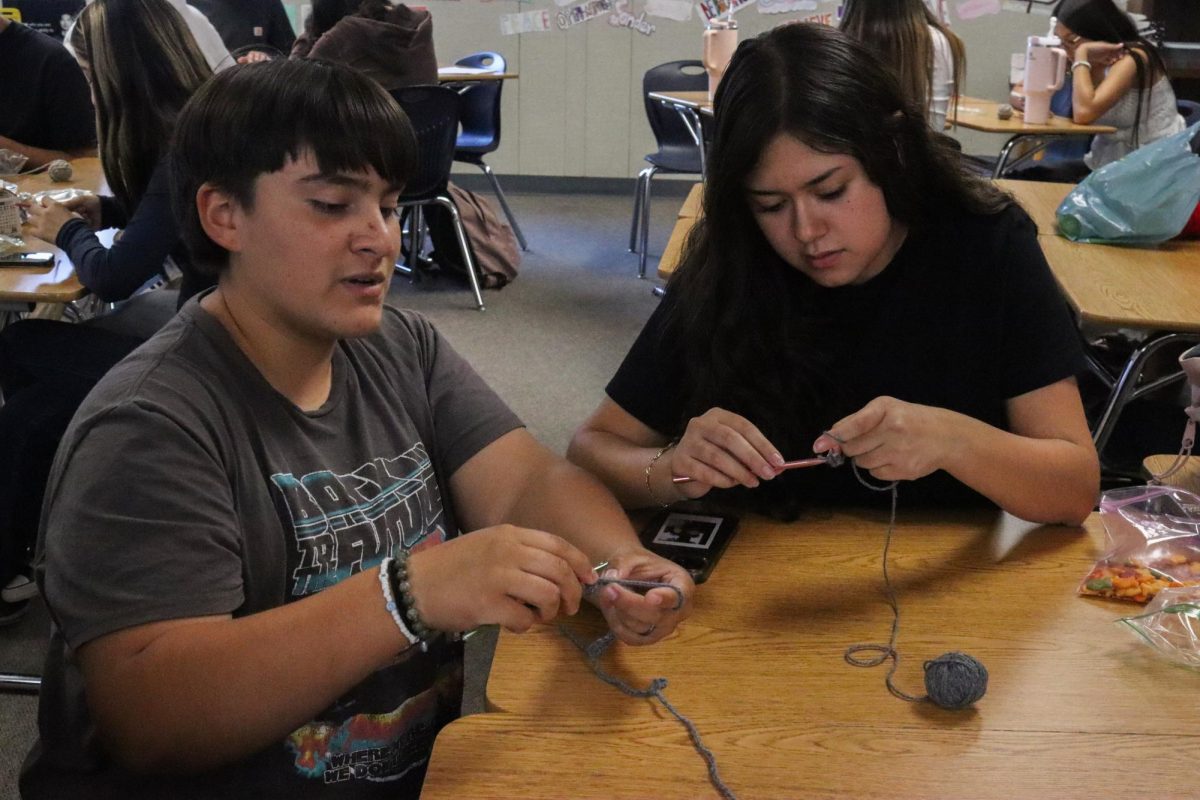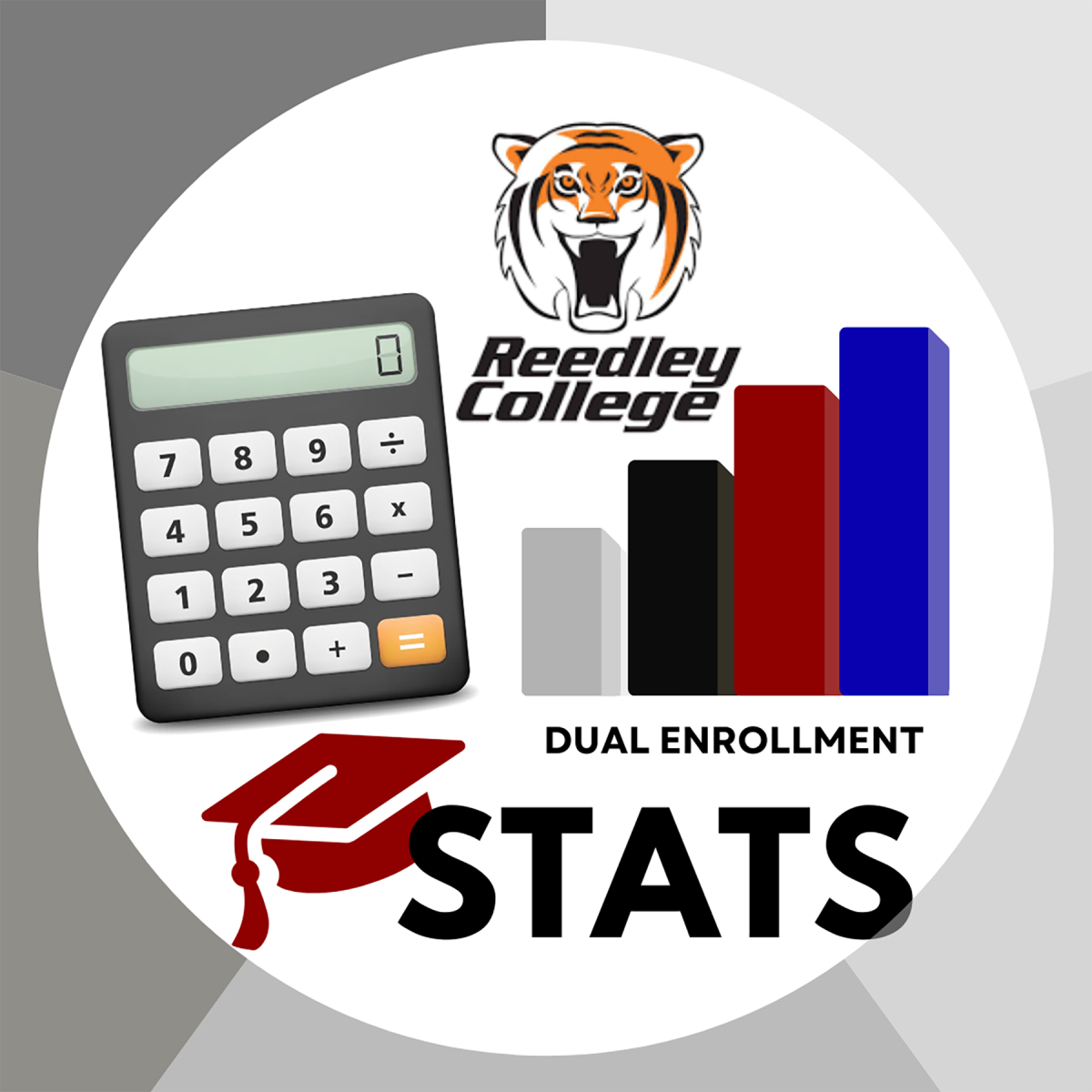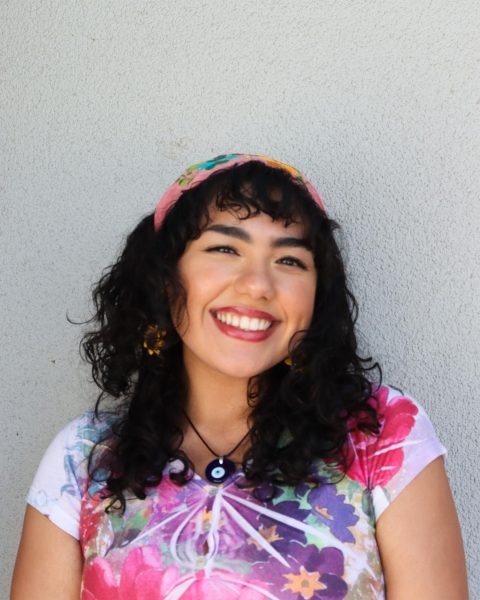As a new incentive for juniors interested in taking Statistics their senior year, a new class is now offered to them as an opportunity to achieve more than they had expected.
Dual enrollment is a system where students are allowed to enroll in a college course offered at the high school to get credit for both high school and college units. This specific class is offered by Reedley College in the College Transition Bridge (CTB) which is created by a grant in Central Valley’s Math Bridge for valleys across California. For this course, there are requirements and evaluation activities enlisted in meeting its criteria.
Firstly, the class is designed to provide a higher level of education for students previously enrolled in Integrated Math III.
Mrs. Dillon, an Honors Math II and III teacher, explains the program’s purpose.
“The law now is that when students graduate from high school, if they were to go to Reedley College, the two top classes that they would normally take is either Math 5A, which is Calculus, or Math 11, which is Statistics. There’s a couple others they can take. They are math classes that if they pass, they can automatically go in and they transfer to four year schools. So there’s no longer any chance of them having to take all these prerequisite classes, they just go in,” said Dillon.
As dual enrollment becomes more familiar for juniors and seniors, this is an attractive opportunity to most students considering that college credit is more commonly acquired than in other areas such as AP, IB, CLEP classes. When a student takes and passes this class, they both receive the college credit and are exempted from the requirement to take the same course in college.
Going into this class, it is advised that students prepare appropriately for the standards the course will challenge in contrast to their previous educational setting. The course itself starts in the second semester of the school year, as college classes typically do. In the case that they cannot keep up with the demand of the class and students receive a failing grade, they will not be given the college credit.
“Students who are in say, algebra, geometry, or in math three, it would be very difficult for them after their senior year to go to Reedley college and say ‘I want to take calculus’ if they haven’t been prepared. [ ] What we have found is that if a high school student could take a math class in high school, with perhaps a high school educator who has his master’s or her master’s in math, it’s easier for them to get to pass it, instead of going to college and not knowing,” says Dillon.
This being said, this program is a means to ‘bridge’ high school to college and make the transition easier for students who aren’t prepared to take the big jump between the rigor. For this reason, the only students currently eligible for the program are ones with a GPA of 2.3 to 3.4. Because Integrated Math III does not augment a students GPA, whereas an honors or AP class does, it’s more likely that students taking the standard core class will qualify and the honors and advanced will exceed it, thus making them ineligible.
“That’s what the grant says, and we have to follow what the grant says. So, we cannot offer this class through the grant to anybody else. We can’t do anything without their ‘ok’, and that’s okay,” Dillon adds.
Certain pathways are already taking this class as it is because of what their pathway requires. They aren’t necessarily in the bridge program, since they already take it.
The Evaluation of Math Dual Enrollment and College Transition Bridge (CTB) Curriculum Student Assent given to students during the introductory meeting of this program states that a non-profit research company called RAND evaluates the curriculum of this program, and follows up on the results concluded in each district offered to.
Also included in the assent, are the requirements. These requirements consist of the daily attendance in the course, and it being a necessity that spares only two excused absences. Additionally, the review and completion of the Reedley College Catalog and Dual Enrollment Application must be submitted and reach all criteria.
“If you have a chance to be able to take a college class in high school, like this, if you fall within that GPA range, I suggest you do it especially if you know you’re going to go to college. If you pass that class, your college math is done. You can go into Reedley college or Fresno City College or Fresno State and you don’t have to take a math class, unless you’re going to be a math major,” Dillon says.
Each student is advised to consult their current math teacher and give their application to their school counselor. Rosie Gonzalez, a campus counselor, is in charge of collecting these applications.



